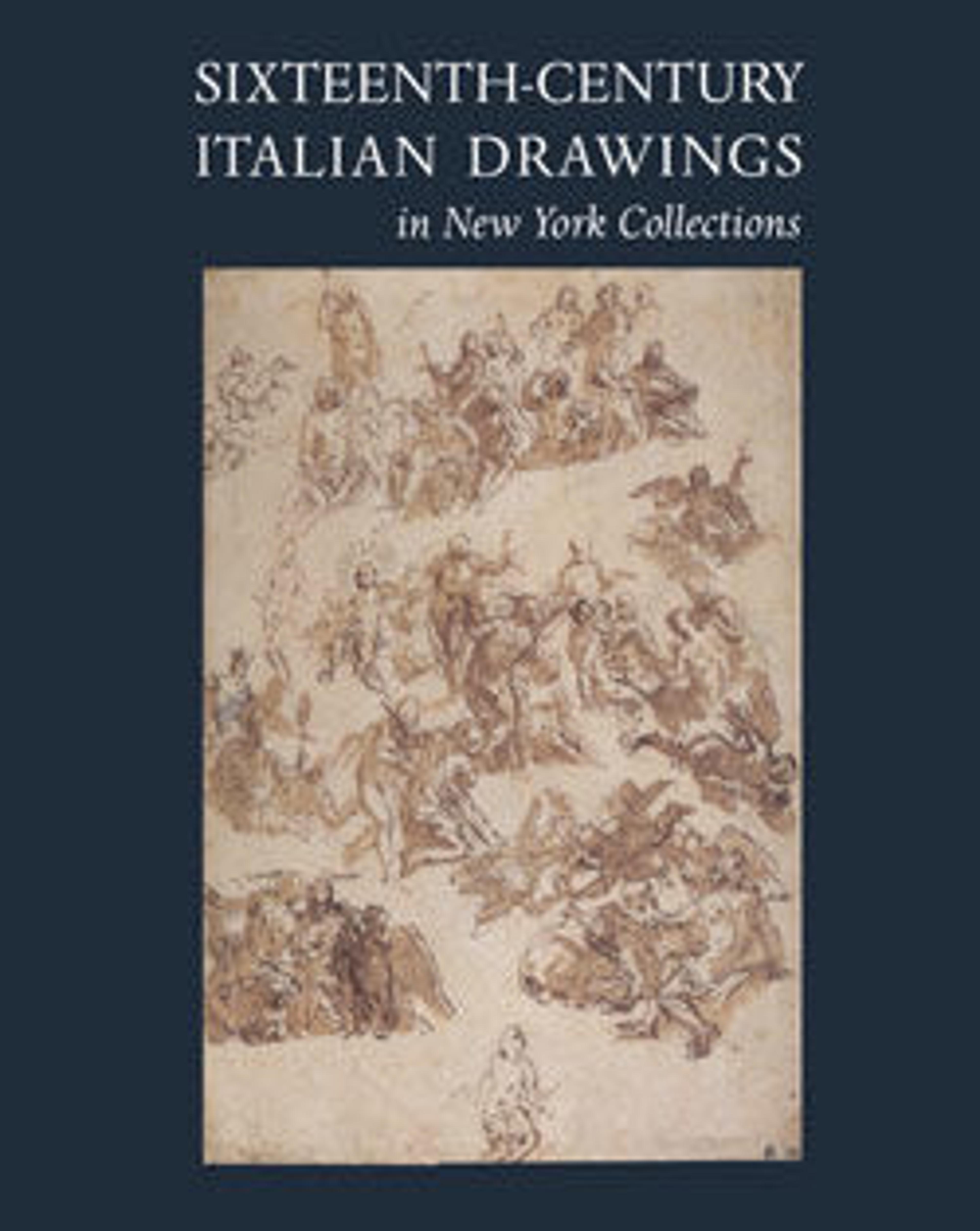Standing Nude Man (recto); Three Studies of Soldiers (verso)
Along with his brother Federico, Taddeo Zuccaro was one of the leading mid-sixteenth-century painters in Rome, merging an admiration for the masters of the High Renaissance with elements of Mannerist design. In this powerful study of the nude male figure in action, he infused the close observation of naturalistic details with the heroic, sculptural monumentality of Michelangelo, who is said to have greatly admired the young Taddeo's gifts as a draftsman. Dating to about 1550, the study by Zuccaro is related to the figure of a soldier holding the reins of a horse in the foreground of a composition drawing (private collection) intended for a monochrome fresco on a (lost) palace façade in Rome. Though studied from life, the pose of the figure is partly inspired by the famous Roman marble group known as the Horse Tamers (Dioscuri), today on the Quirinal Hill.
Artwork Details
- Title:Standing Nude Man (recto); Three Studies of Soldiers (verso)
- Artist:Taddeo Zuccaro (Italian, Sant'Angelo in Vado 1529–1566 Rome)
- Date:1550
- Medium:Red chalk, highlighted with traces of white gouache (recto); red chalk (verso)
- Dimensions:16-9/16 x 11-5/16 in. (42 x 28.7 cm)
- Classification:Drawings
- Credit Line:Rogers Fund, 1968
- Object Number:68.113
- Curatorial Department: Drawings and Prints
More Artwork
Research Resources
The Met provides unparalleled resources for research and welcomes an international community of students and scholars. The Met's Open Access API is where creators and researchers can connect to the The Met collection. Open Access data and public domain images are available for unrestricted commercial and noncommercial use without permission or fee.
To request images under copyright and other restrictions, please use this Image Request form.
Feedback
We continue to research and examine historical and cultural context for objects in The Met collection. If you have comments or questions about this object record, please contact us using the form below. The Museum looks forward to receiving your comments.
